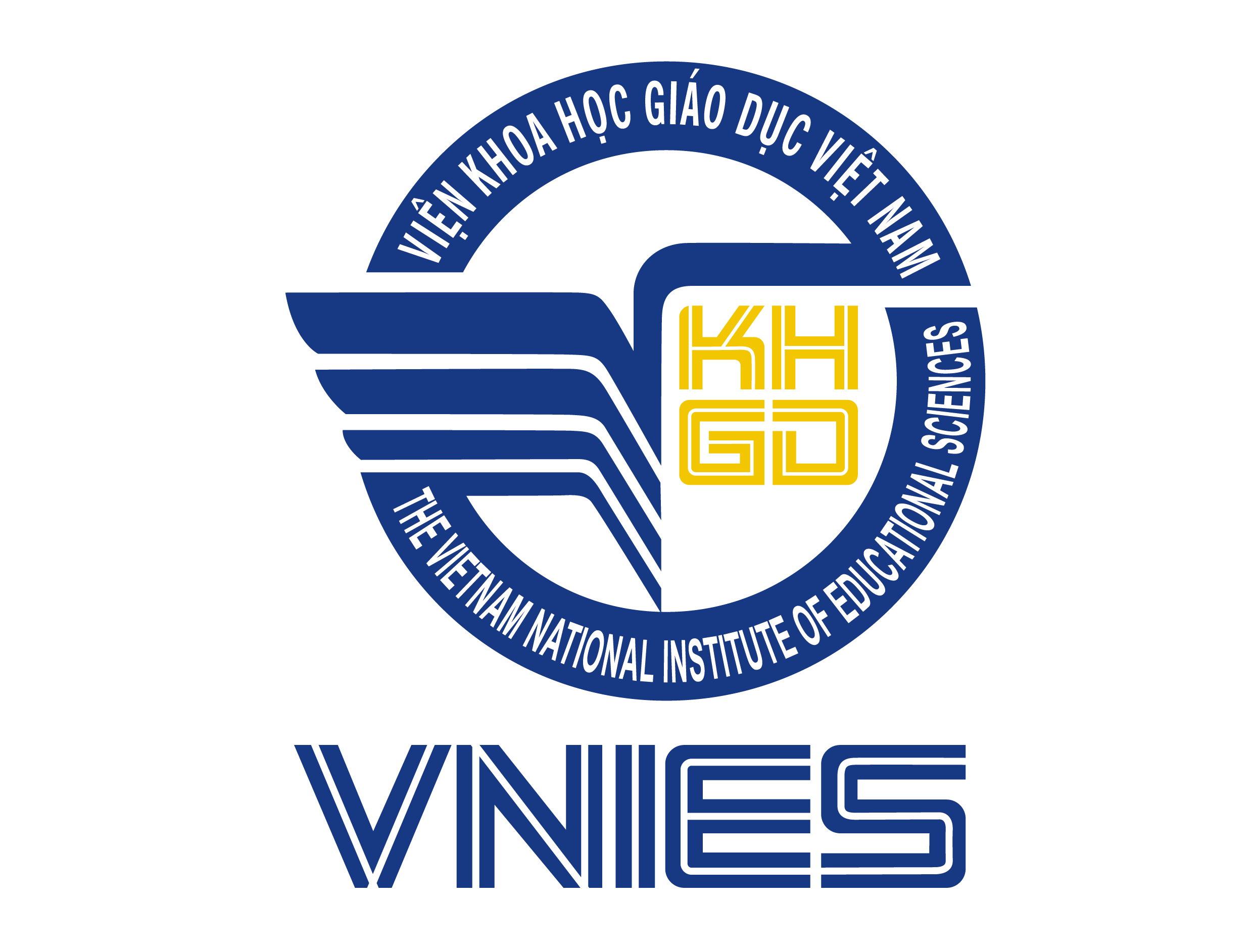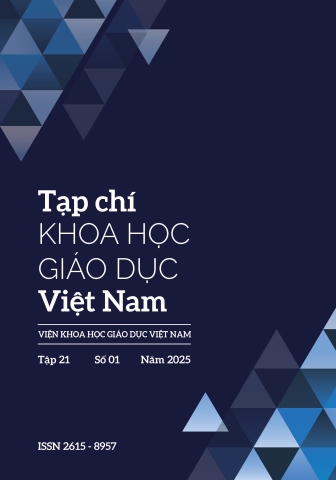[1] Bộ Giáo dục và Đào tạo. (26/12/2018). Chương trình Giáo dục phổ thông - Chương trình Tổng thể (ban hành kèm theo Thông tư số 32/2018/TT-BGDĐT).
[2] Chu Cẩm Thơ. (2014). Phát triển tư duy thông qua dạy học môn Toán ở trường phổ thông. NXB Đại học Sư phạm, Hà Nội.
[3] Guilford, J.P. (1979). Creativity: Retrospect and prospect. Journal of Creative Behavior, 11, 30-36.
[4] Nguyễn Bá Kim. (2015). Phương pháp dạy học môn Toán. NXB Đại học Sư phạm, Hà Nội.
[5] Nguyễn Dương Hoàng, Mai Thị Bích Thủy. (10/2024). Phát triển tư duy sáng tạo cho học sinh trong dạy học chương “Phương pháp tọa độ trong không gian” (Toán 12). Tạp chí Giáo dục, 24, Số đặc biệt, tr.64–68.
[6] Nguyễn Thiện Chí. (2018). Dạy học giải một số dạng Toán số học theo hướng rèn luyện tư duy sáng tạo cho học sinh khá, giỏi lớp 8, 9 ở trường trung học cơ sở. Tạp chí Giáo dục, 440, tr.40-43.
[7] Nguyễn Thị Mỹ Lộc, Đinh Thị Kim Thoa & Trần Văn Tính. (2007). Tâm lí học giáo dục. NXB Đại học Quốc gia Hà Nội.
[8] Polya, G. (2009). Giải một bài toán như thế nào? (Người dịch: Hồ Thuần, Bùi Tường). NXB Giáo dục, Hà Nội.
[9] Polya, G. (2010). Sáng tạo Toán học (Người dịch Nguyễn Sỹ Tuyển, Phan Tất Đắc, Hồ Thuần, Nguyễn Doãn). NXB Giáo dục, Hà Nội.
[10] Quốc hội. (2019). Luật Giáo dục, số 43/2019/QH14.
[11] Torrance, E.P. (1965). Rewarding creative behavior: experiments in classroom creativity. Englewood Cliffs, NJ: Prentice Hall
[12] Tôn Thân. (1995). Xây dựng hệ thống câu hỏi và bài tập nhằm bồi dưỡng một số yếu tố của tư duy sáng tạo cho học sinh khá và giỏi Toán ở trường trung học cơ sở Việt Nam. Luận án Phó Tiến sĩ Khoa học Sư phạm - Tâm lí, Viện Khoa học Giáo dục Việt Nam. Thư viện Quốc gia.


